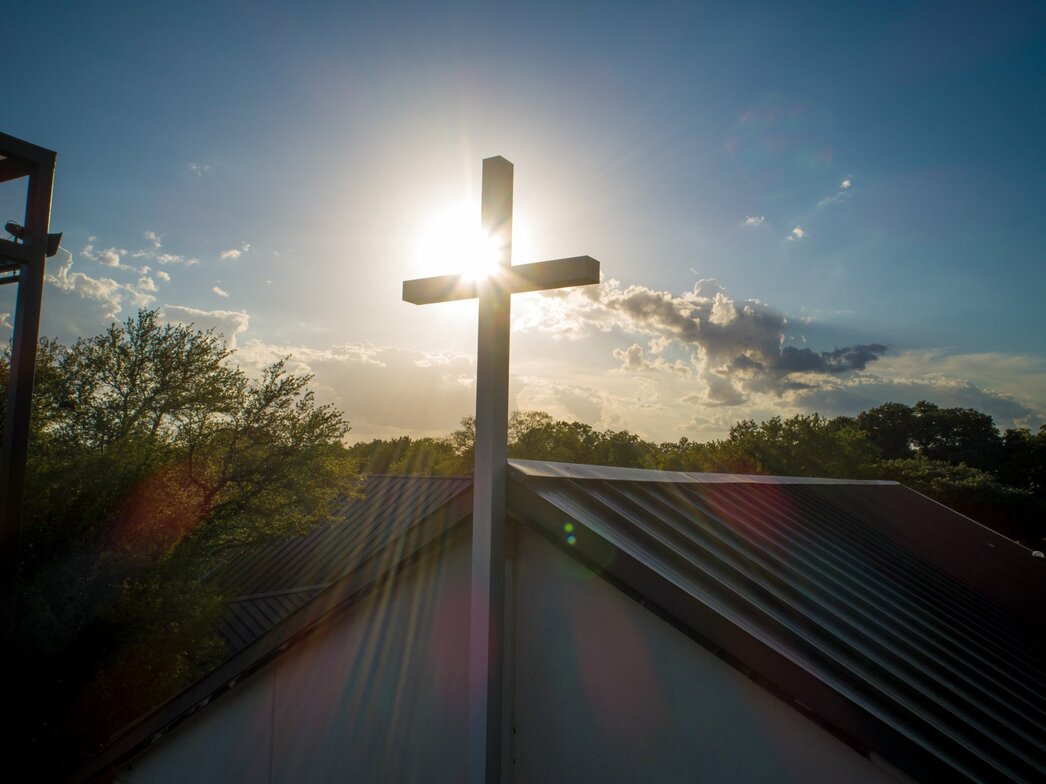The Importance of Burying the Dead


Dear friends,
This Saturday we will gather for Billie Nenninger's funeral at 2:00 p.m., and I invite you to join us. Please also mark your calendar for Pat Flaherty’s funeral on December 13 at 3:00 p.m.
In our Christian tradition, burying the dead is what’s called a corporal work of mercy. The word corporal comes from the Latin corpus, meaning “body.” The corporal works of mercy are seven actions that meet people’s physical needs—feeding the hungry, giving drink to the thirsty, clothing the naked, sheltering the homeless, visiting the sick and prisoners, and burying the dead. They’re paired with the spiritual works of mercy, which care for the soul. Together they express Jesus’ words in Matthew 25: “Whatever you did for one of the least of these my brothers and sisters, you did for me.”
Burying the dead is an act of dignity, respect, and hope:
-
Dignity because it affirms that every human body, even in death, is sacred and bears God’s image.
-
Respect because it honors the life of the one who has died and offers compassion to those who mourn.
-
Hope because it proclaims our faith that God will raise the dead and that death does not have the final word.
Even when professionals handle the logistics, the Church’s presence—through prayer, liturgy, and compassion—makes this act spiritual as well as practical. In joining together at these funerals, we practice this work of mercy and proclaim our faith that love endures beyond death.
In Christ,
Jason+
---
The Rev. Jason Ingalls
Rector
NB: Chat-GPT provided context for the corporal works of mercy.